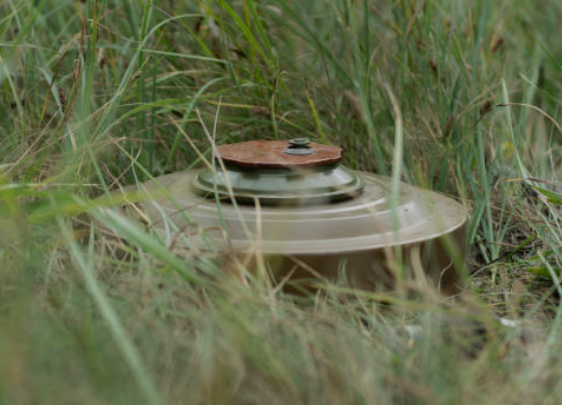Land-Mine Detection using Visible and Infrared Imaging
- Project Code: MinDec-VIR
- Start Date: October 1, 2025
- End Date: September 30, 2029
- Reference: DAP 25/07
- Funding: Defense Funded Research (DFR)
- Royal Military Academy Involvement: Director
- Quad Chart

Team
- Coordinator: Skralan Hosteaux
- Coordinator Affiliation: Royal Military Academy, Department of Mathematics (MWMW)
- Project Co-promotor: Bart Simoens (CHCH)
- RMA Researchers: TBD
- Project Partners (RMA): Department of Chemistry (CHCH)
- Project Partners (BE-DEF): N/A
- Project Partners (Other): N/A
Context
Recent events in Ukraine have shown that the humble landmine still represents a formidable obstacle to maneuver warfare. Even after a conflict ends, these indiscriminate weapons continue to do harm to the civilian population. Different techniques to detect landmines exist, but few are passive, stand-off, automated and/or efficient. At the request of BE-DEF (BAS-Transfo-MILENG) we propose a study where we will analyze which parts of the visible and infrared (VIR) spectrum are best suited to detect landmines.
Objectives
- Create high resolution annotated spatio-spectral-temporal data sets of (simulated) minefields in lab settings, under different parameter settings
- Apply different anomaly and target-detection algorithms on spectral subsets of these data and analyze the performance of these algorithms
- Analyze which parts of the VIS/IR spectrum would be sufficient to detect mines with a performance measure that is sufficient for real-time use in an operational scenario.
Methodology
Through real observations and analysis of the performance of detection algorithms, develop a large database of HSI measurements that allows the identification of the minimum spectral bandwidth that allows acceptable detection of landmines in real time